Mystery Road: Origin Season 2
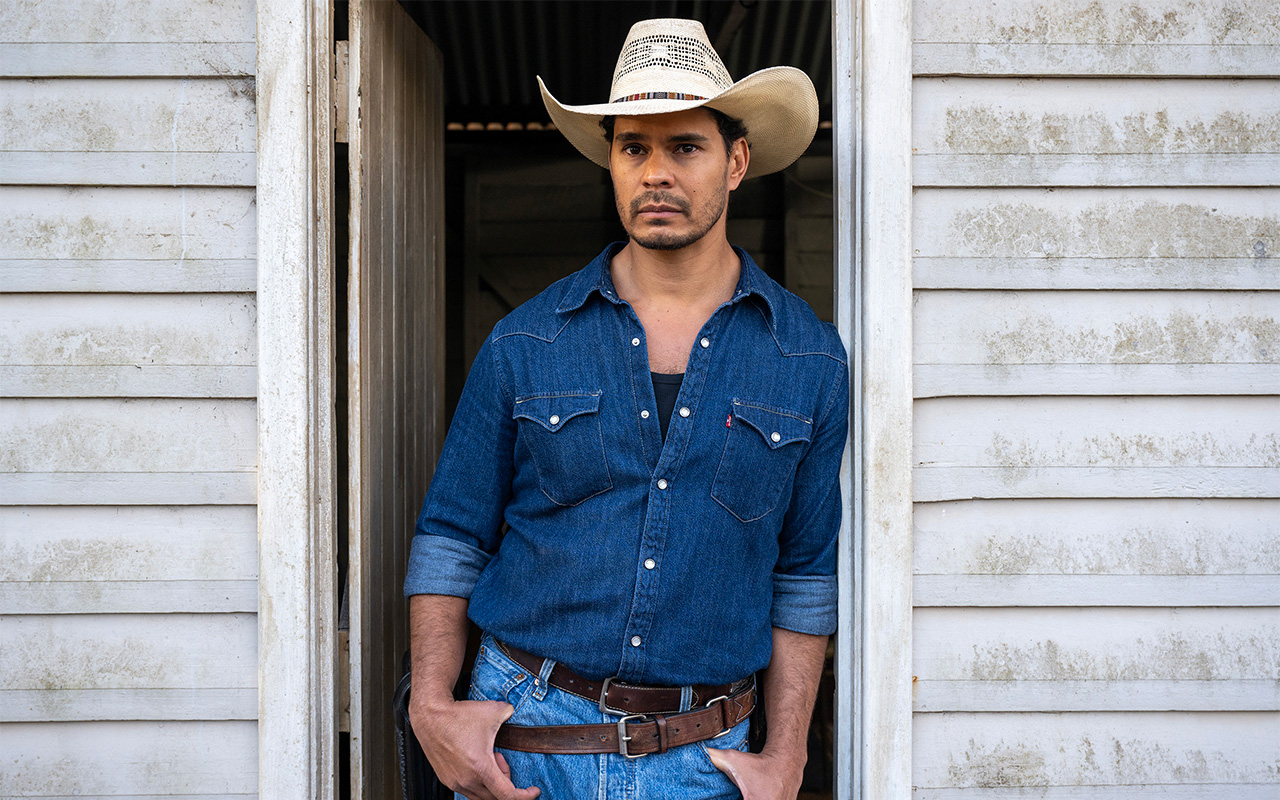
One of the great strengths of the Mystery Road series has been its ability to distil complex social relationships, with deep historical roots in racism, into compelling dramatic narratives. Mystery Road: Origin Season 2 continues this work of taking a scalpel to aspects of Australian society that hide uncomfortable truths but, unlike the previous seasons, in which Detective Jay Swan confronts a violent criminal underbelly, this season shifts focus to explore the more ‘respectable’ violence embedded in the health and welfare systems, in a country town where First Nations residents live alongside those who were instrumental in enforcing the policy of assimilation.
From the first moment of season two, it is clear that Detective Jay Swan’s new posting, the timber town of Loch Iris, is a place where bad things happen. A young boy is running desperately through the forest, chased by someone – we don’t know who. Shadows flit rapidly across the trees, underscored by claps of thunder that ramp up the sense of threat. Jump ahead thirty years to the year 2000 and another young boy, Swayze (Aswan Reid), is fleeing out of the forest, crashing through a gate and almost wiping Jay out with his frantic driving. Swayze is terrified but won’t talk – the first of many mute witnesses in the town. Things unsaid simmer in menacing undercurrents in Loch Iris, in lingering after-glances, meaningful pauses in conversations, and tense encounters witnessed from a distance. The unease resonates in Vincent Goodyer’s unsettling score, which comes to the fore in key moments in low drones, often discordant synthesiser notes that feel like understated wailing, and a low beat that builds momentum and tension.
Continue reading for only $10 per month. Subscribe and gain full access to Australian Book Review. Already a subscriber? Sign in. If you need assistance, feel free to contact us.



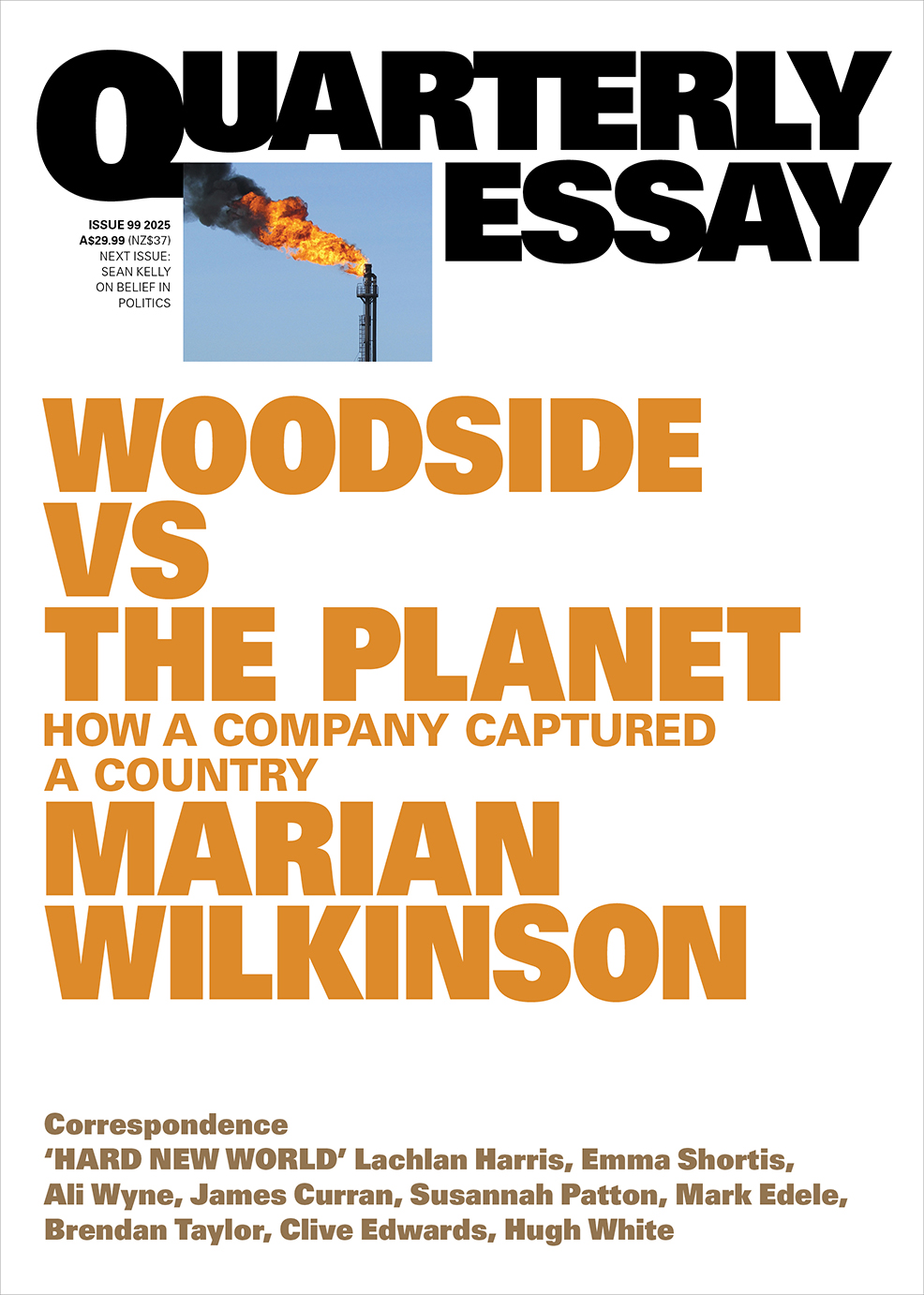
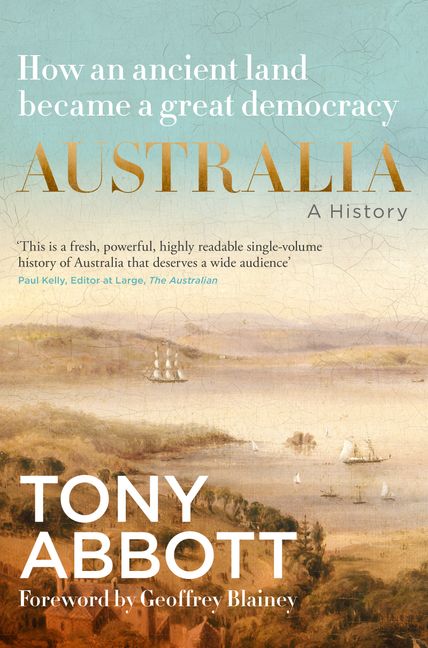
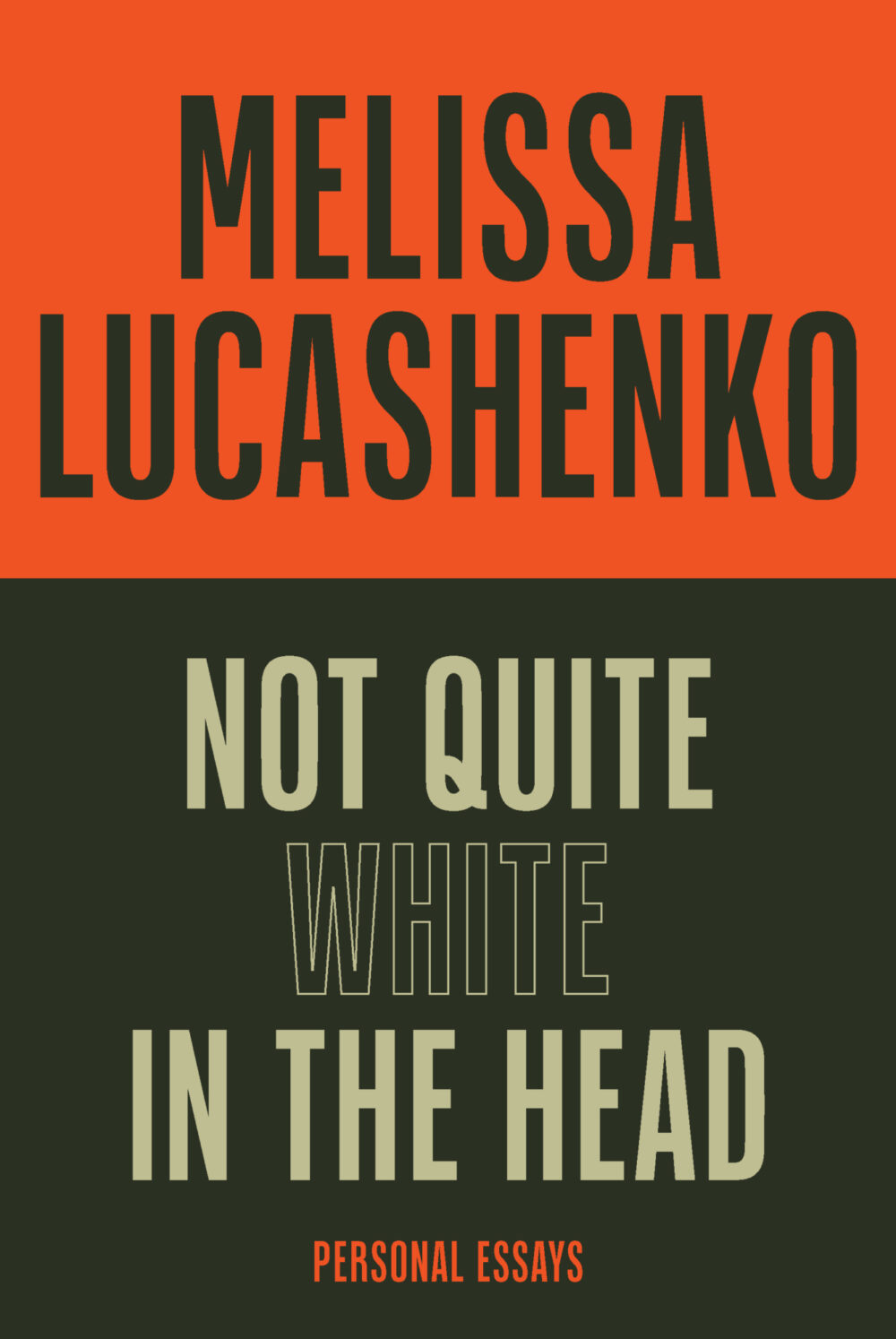
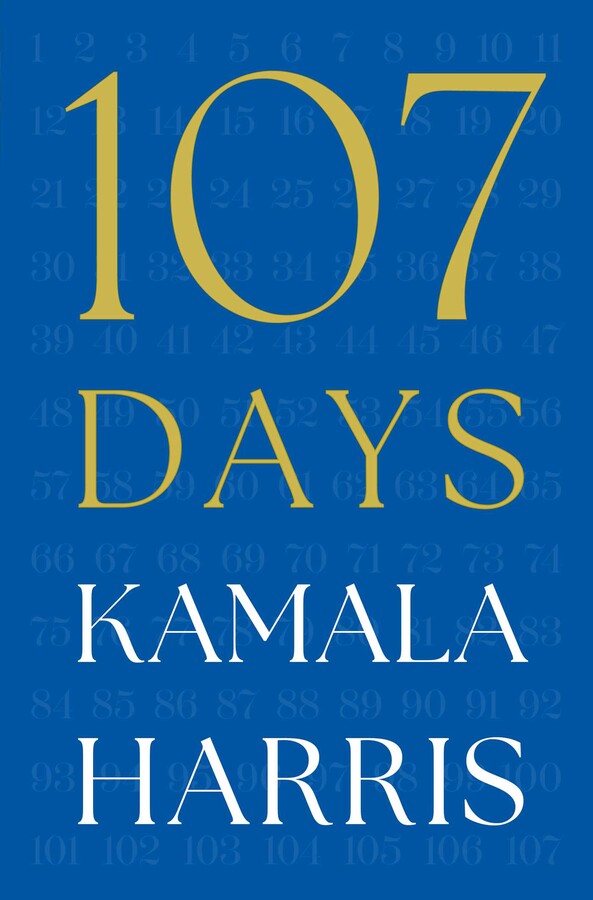

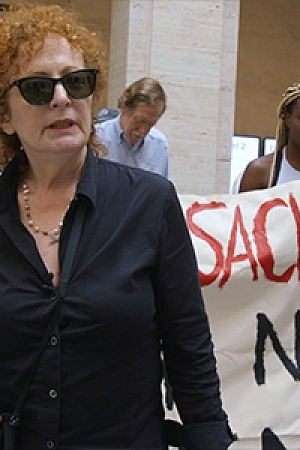

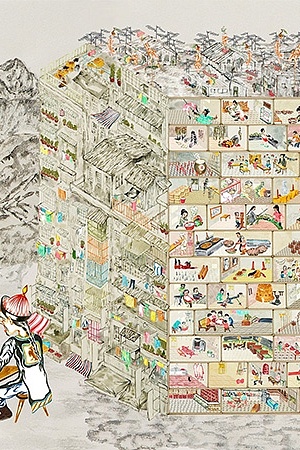
Comment (1)
Leave a comment
If you are an ABR subscriber, you will need to sign in to post a comment.
If you have forgotten your sign in details, or if you receive an error message when trying to submit your comment, please email your comment (and the name of the article to which it relates) to ABR Comments. We will review your comment and, subject to approval, we will post it under your name.
Please note that all comments must be approved by ABR and comply with our Terms & Conditions.